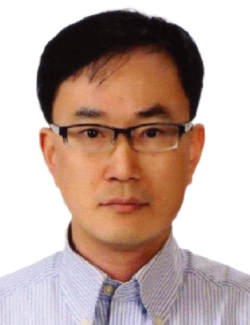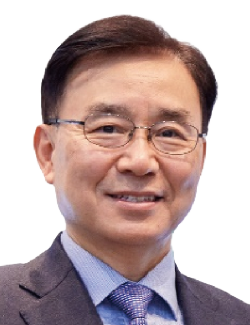(2025–Present) Director, Next-Generation Battery Strategy Center, Korea Research Institute of Chemical Technology (KRICT)
Leading the government-funded consortium project, the “Next-Generation Secondary Battery Global TOP Strategy Research Group,” comprising seven research institutes
(2025) National Distinguished Research Fellow — Korea’s first appointee,
(2024–Present) Advisor, LG Energy Solution
(2020–2023) President & CPO, LG Energy Solution
(2005–2019) Head of Battery Research Institute, LG Chem — Pioneered global lithium-ion battery R&D and commercialization
B.S. in Industrial Chemistry (Seoul National University), M.S. in Chemical Process Engineering (KAIST), Ph.D. in Polymer Engineering (University of Akron, USA)
(2022) Recipient of Order of Science and Technology Merit (Ungbi Medal, 2013) and Jang Young Sil Hall of Fame Inductee







